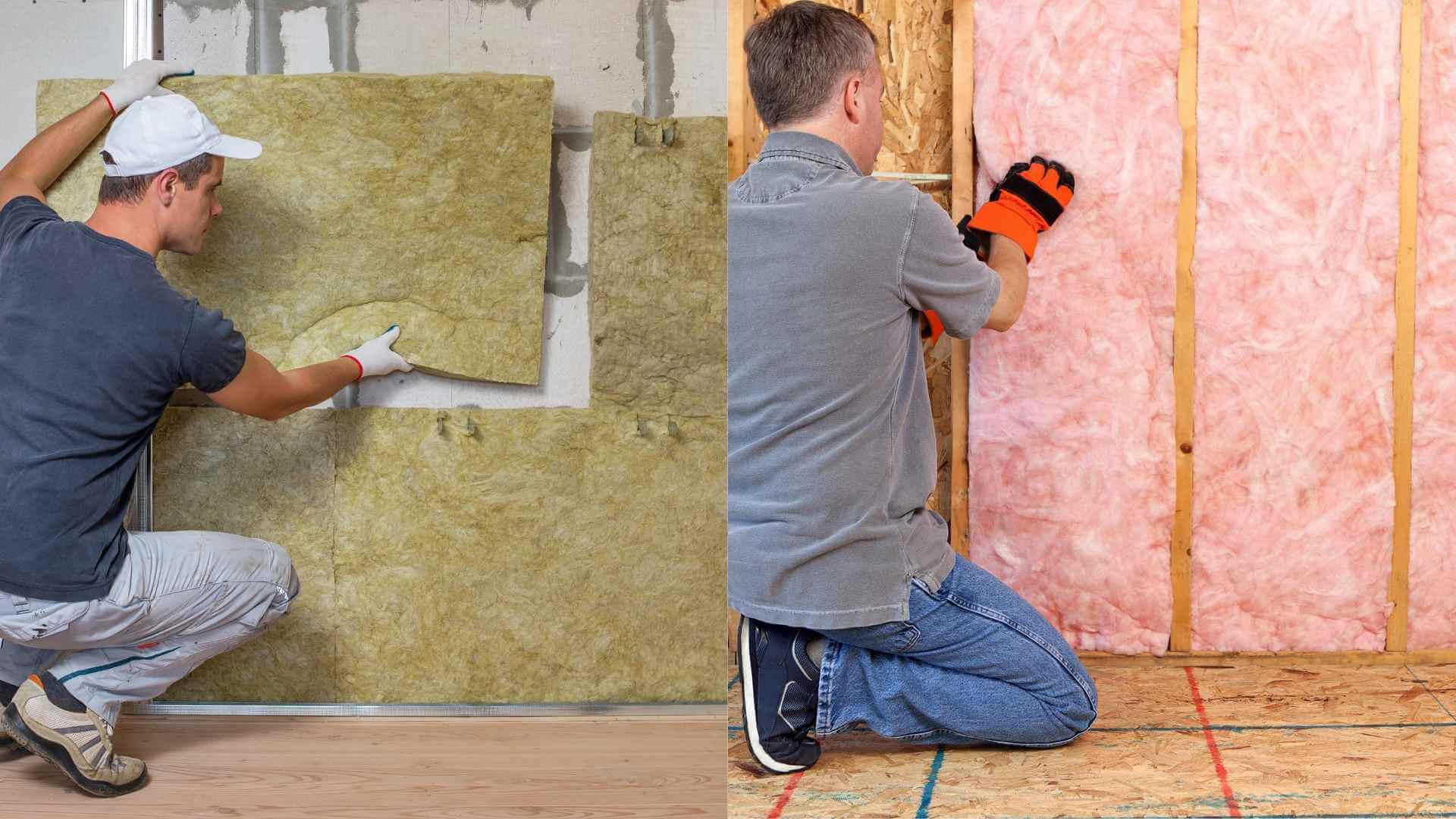
Effective insulation is crucial for creating comfortable, energy-efficient, and quiet spaces. When it comes to insulation, the two primary types—thermal and acoustic—are designed to manage heat and sound, respectively. This article explores the key differences between these two forms of insulation and helps guide your decision on which is best for your needs.
Understanding the Importance of Insulation for Thermal and Acoustic Control
Insulation serves as a barrier, reducing the transfer of heat or sound between different environments. While thermal insulation is essential for regulating indoor temperatures, acoustic insulation focuses on minimising noise pollution. Both forms of insulation enhance comfort and functionality in homes, offices, and industrial spaces. However, the choice between thermal and acoustic insulation depends largely on your specific goals—whether you’re looking to save on energy costs or create a quieter living environment.
Acoustic Insulation
Acoustic insulation aims to reduce noise transfer between rooms or from external sources. It is particularly useful in homes, offices, studios, and industrial buildings where noise control is essential.
How Acoustic Insulation Works
Acoustic insulation works by absorbing or blocking sound waves, either airborne (such as voices or music) or impact noise (like footsteps). It can be installed in walls, ceilings, or floors. Materials such as mineral wool, fibreglass, or foam are commonly used due to their porous structures, which trap and dissipate sound energy, reducing the amount of noise that passes through a surface.
Is Acoustic Insulation Worth It?
Yes, acoustic insulation can be highly valuable, especially in noisy environments like urban areas, offices, or homes near airports or highways. It creates a quieter, more peaceful indoor space, improving comfort and productivity. Additionally, for rooms like home theatres or recording studios, acoustic insulation is essential for creating optimal sound conditions.
Thermal Insulation
Thermal insulation is designed to regulate temperature, helping to keep a building warm in winter and cool in summer. It can significantly reduce energy consumption by decreasing the need for heating and cooling systems.
How Thermal Insulation Works
Thermal insulation works by reducing heat transfer through materials. Heat travels in three ways—conduction, convection, and radiation—and insulation slows this process by trapping air in small pockets within the material. Common thermal insulation materials include fibreglass, foam, and reflective barriers. These materials have low thermal conductivity, which makes them effective at resisting the flow of heat.
What is the Difference Between a Thermal Conductor and a Thermal Insulator?
A thermal conductor facilitates the transfer of heat, while a thermal insulator resists it. Metals like copper or aluminium are good thermal conductors, meaning they transfer heat quickly. In contrast, materials such as fibreglass, foam, and wool are thermal insulators, preventing heat from moving easily through them.
Different Performance Characteristics
When comparing thermal and acoustic insulation, it’s essential to understand the specific performance measures used for each type.
Thermal Resistance (R-Value)
The R-value measures the effectiveness of thermal insulation. It indicates how well a material resists heat flow—the higher the R-value, the better the insulation’s performance. Different climates and regions require different R-values, and thicker insulation generally results in a higher R-value.
Sound Transmission Class (STC) and Noise Reduction Coefficient (NRC)
For acoustic insulation, the STC rating measures how well a material blocks airborne sound, while the NRC rating measures how effectively it absorbs sound. A higher STC means less sound passes through, and a higher NRC means better sound absorption. Materials with a higher density, like mineral wool or specialised soundproofing products, typically have better STC and NRC ratings.
Which Type of Insulation Is Better?
The choice between thermal and acoustic insulation depends on your specific needs. If your primary concern is managing indoor temperatures and energy efficiency, thermal insulation is the better option. However, if noise control is your priority—whether for a quieter home or a soundproofed studio—acoustic insulation is essential.
For some situations, such as multi-functional spaces, a combination of both may be ideal. Products like mineral wool or high-density fibreglass offer some level of both thermal and acoustic insulation. However, specialised products often perform better for their intended purpose. Ultimately, consider your goals, budget, and the specific requirements of the space to make the most informed decision.
While thermal insulation optimises energy efficiency and comfort, acoustic insulation reduces noise pollution for a quieter environment. Understanding the differences and performance metrics of each type can help you choose the most suitable solution for your space.
